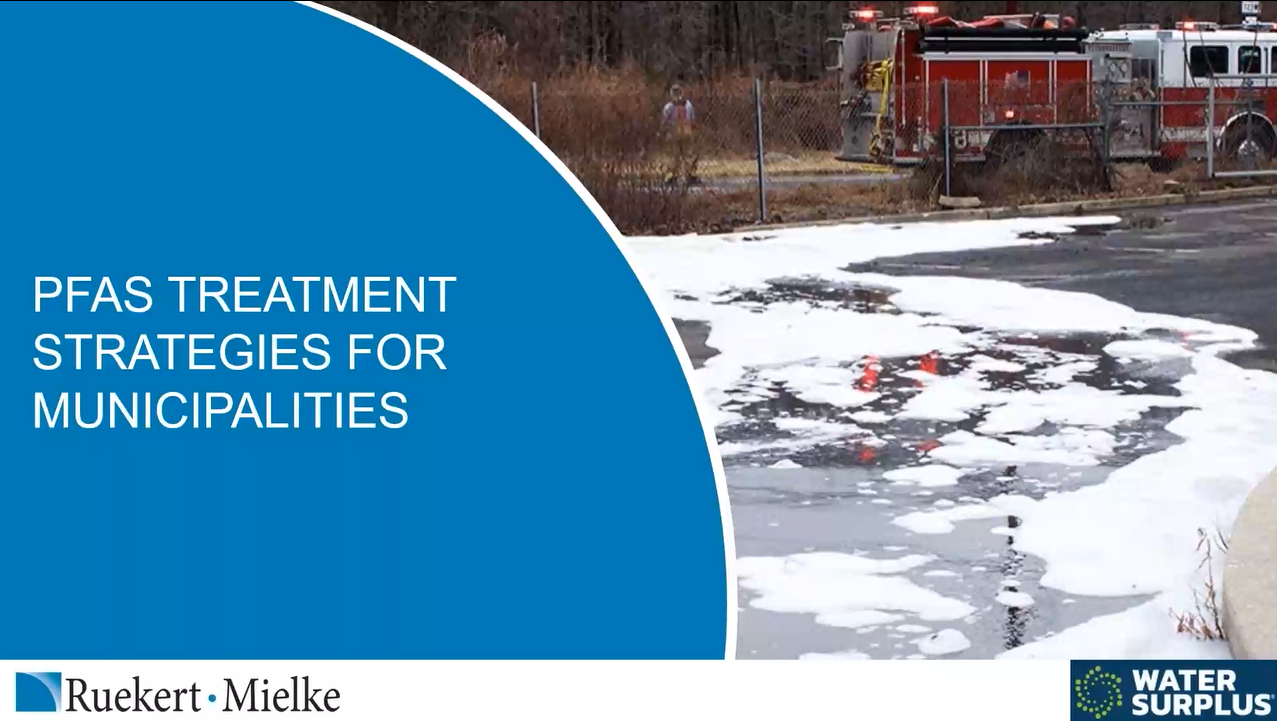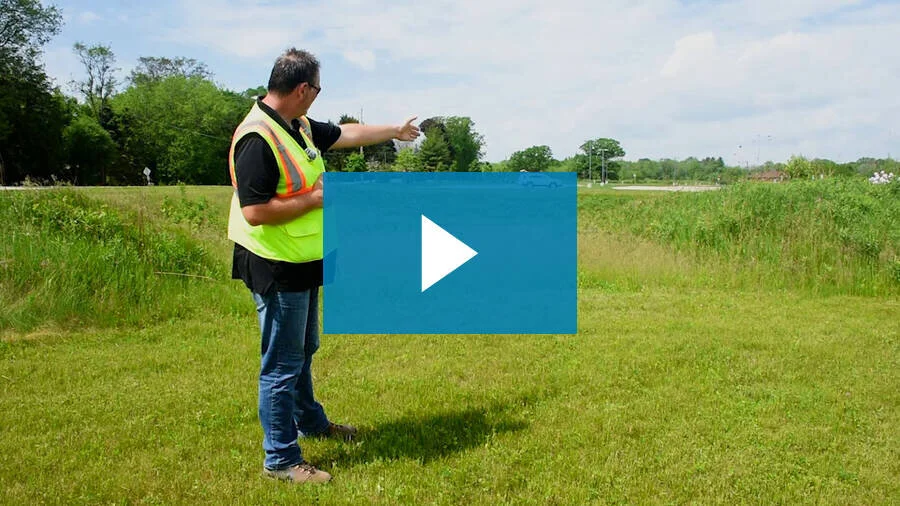Has your community ever considered using a stream to solve flooding and water quality issues? Discover how stream restoration can provide communities with water quality credits, stabilize eroding streams, increase flood storage, and enhance recreational opportunities.
Facing PFAS contamination in your groundwater drinking water system presents a daunting challenge for municipalities, threatening public health and presenting compliance issues. Attend this webinar where experts from R/M and Water Surplus will explore strategies and technologies for mitigating PFAS to meet regulatory compliance and community needs. Register now to discover how your municipality can transform your PFAS obstacles into a success story for a healthier future.
Topics Include:
• Compliance Options
• Considerations & Planning
• Treatment Methods & Technologies
• Funding Options
It’s been more than 20 years since the first TMDL was approved in Wisconsin and more than 10 years since TMDL compliance provisions started appearing in MS4 & WPDES permits. TMDL provisions in municipal storm water permits are driving significant changes to municipal storm water and water quality programs throughout the state. Without an in-depth understanding of all the potential compliance tools available, the cost for municipalities to meet the permit stipulations can be extreme.
Watch this on-demand webinar to learn proactive, creative TMDL compliance techniques which could reduce your future cost of compliance. Attendees will also get insight into what’s coming next for Wisconsin MS4 permits, compliance practices, and enforcement.
With the cost of debt so high, below-market interest rates and grants can save communities a lot of money. Learn about how to fund water and sewer projects through low-interest loans and grants through the state's environmental loan program. Watch this on-demand webinar to learn whether your projects are good candidates for one of these loans and whether you might qualify for a grant/principal forgiveness.
To reduce waterway pollutants, comply with MS4 permits, and meet TMDL goals, communities should regularly inspect and perform proper maintenance on all storm water management devices. Erosion, structure obstructions, and undesirable plant growth can all cause your system to perform poorly and leave you with high maintenance costs. Illicit discharge inspections are critical to identifying unwanted pollutants flowing through your storm sewer system.
Follow along with R/M’s Mark Bruns as he performs a storm water device and illicit discharge inspection, identifies common impairments, and shares best practices for maintenance.
Drone (Unmanned Aircraft System) technology has become an indispensable data acquisition tool for the modern engineer and surveyor. From simple aerial photography to complex surveying and mapping projects, drone technology adds value to your projects by giving you more information to make critical project decisions. Our experts share new, cutting-edge applications such as vegetation health analysis and explore the future of drone use in our industry.
Navigating the best path to progress towards your community’s MS4 and TMDL goals can be overwhelming. There’s no secret code to storm water permitting success, however, this video will help you decipher the information you need to remain in compliance while simultaneously preparing your community for the future.
Municipalities, developers, and contractors are required to comply with Wisconsin regulations to control runoff from construction sites. To help you manage and report on construction site storm water compliance, this webinar will focus on what to look for and how to inspect construction sites.
Learn tips for construction site inspection and reporting for homesites and commercial projects, as well as projects where common problems may occur during grading, culvert replacement, utility trenching, final stabilization, and more.
Waterways are the pride and joy of many municipalities and contribute to the quality of life for residents and business owners. There are numerous approaches to not only beautify waterway features and improve water quality, but also allow a municipality to show progress towards MS4 or TMDL compliance. Having knowledge of the latest regulations and maintenance techniques is the first step in enhancing your community’s waterways. Evaluating funding strategies and navigating the permitting process is the next step. Watch this video for a collection of case studies involving: streambank restoration, pond dredging, and boat launches.
As the weather patterns from last summer and this spring have demonstrated, effective floodplain management is a vital component to making a community a great place to live, work, and play. Properly managed drainage systems, flood storage areas, and floodplains can promote economic development and be attractive public amenities. Poorly managed systems operate in an opposite manner, posing safety hazards and causing significant hardships to local residents and business owners.
Join experts from Wisconsin Emergency Management, the Wisconsin Department of Natural Resources, and Ruekert & Mielke, Inc. as we discuss what we learned from the 2018 floods, how to efficiently navigate DNR’s floodplain approval process, and how to utilize technology to more efficiently manage this critical infrastructure.
As storm water management requirements become more stringent, the need for strategic, long-term storm water management planning increases. Watch this video to learn about partnership and planning strategies that can help make storm water management more cost-effective.
Inspecting and digitally tracking the components of a storm water system in GIS provides instant access to system information when needed for maintenance, planning, report generation, and permitting. Learn how you can benefit by tracking, inspecting, and maintaining your individual components of their storm water systems in GIS.













